Waiting woes
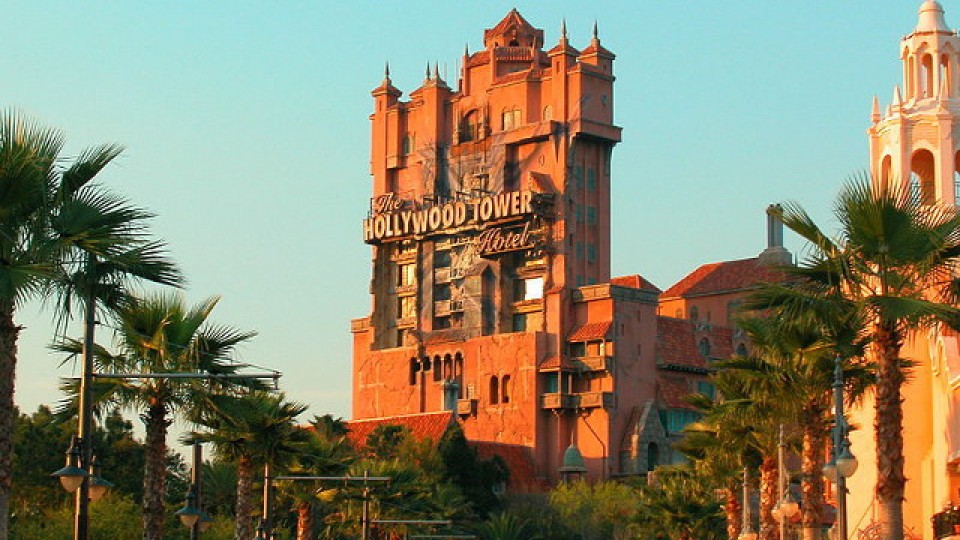
By the end of the 1990s, Disney’s newest generation of “Ride the Movies” showstoppers had indeed transformed Disney Parks from relics of Walt’s time back into places tuned to pop culture and filled with thrills. Yet despite their star-studded evolution, attendance at all U.S. Disney Parks fell sharply in 1997, and again in 1998… Why?
- Though Disney’s newest generation of attractions generally had capacity capable of supporting rapidly growing crowds, those crowds also fell upon the infrastructure of older rides, smashing into the underbuilt queues of the park’s earlier era; lines neither built to handle the massive groups of waiting guests, nor to entertain them…
- With the growth in attendance (demand) far outpacing the overall Parks’ growth in capacity (supply), ballooning waits for both new and classic attractions yielded a major downturn in guest satisfaction. Guests struggled to access rides and reported feeling dissatisfied with the number of experiences they had relative to the (steeply growing) price of admission. So while guests came to see Disney’s new headlining rides, they didn’t come back.

- As wait times grew, each queue became a giant sponge, collecting and holding onto thousands and thousands of people at any given time… While that may be aggravating for guests, it was equally frustrating for executives. After all, any moment spent in a queue (even a well-dressed one) was a lost opportunity to buy a snack, souvenir, or meal…
Attendance at all of Disney’s U.S. theme parks fell sharply in 1997, then again in 1998. There was no doubt – a solution was needed. Disney had a vested interest in figuring out how to reduce wait times at Disney Parks to balance operations, improve guest satisfaction, and increase per capita spending.
So how, exactly, could Disney Parks reimagine their operations to make guests feel more satisfied and accomplished at the end of a day? Well, there are a few ways to do that…
Option 1: Add capacity to increase supply
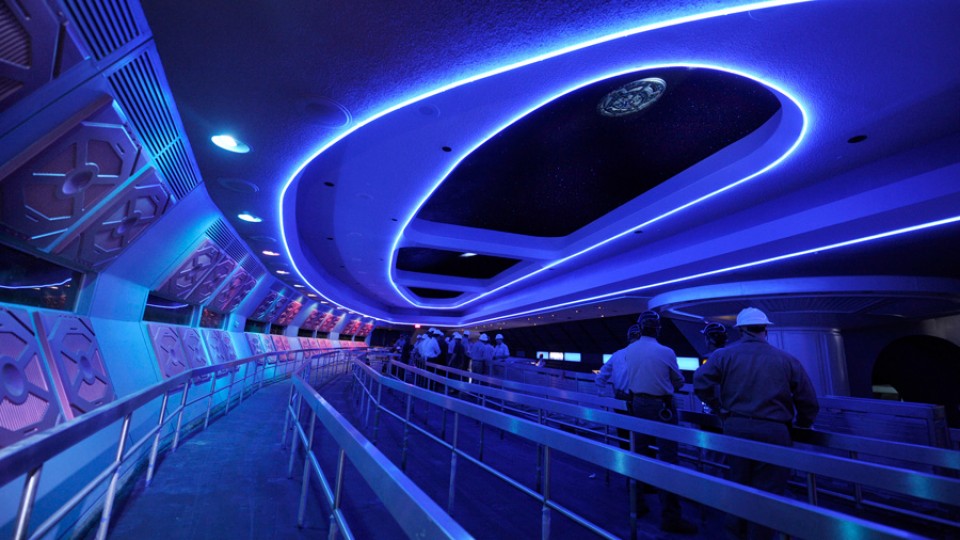
Sure, the most immediately obvious choice would simply be to raise the Parks’ capacity through building new attractions. Capacity is perhaps the most impactful (but least obvious) aspect of a Disney Parks visit. Capacity is the math that underscores every aspect of your day. That’s why it’s one of Disney’s five Keys to Guest Service.
And trust us – the math here matters. After all, each attraction has a given theoretical hourly capacity (a sort of “best-case” number of guests who can experience it in an hour under ideal, “friction-free” conditions, possible practically only on paper). For example, Space Mountain’s theoretical hourly capacity (THC) is reportedly about 2,000 people per hour – a simple function of the ride’s per-vehicle capacity multiplied by its possible dispatches-per-hour.
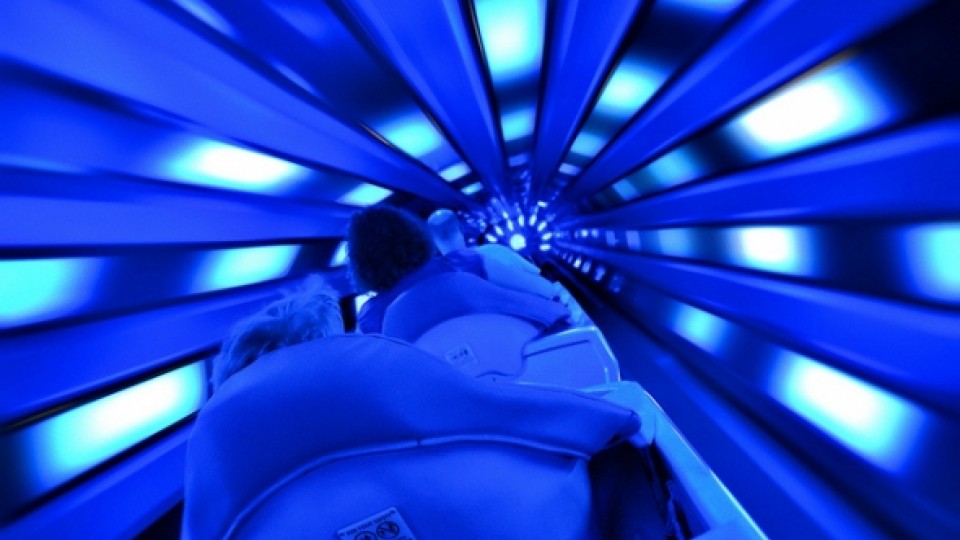
But much more important than that manufacturer-supplied number is the more reasonable operational hourly capacity (OHC), which accounts for the realities of operation, like an empty seat here and there, a momentary pause to help a guest board, etc… for Space Mountain, reportedly closer to 1,800 people per hour.
Think about what that really means: if you step into Space Mountain’s queue as the 1,801st guest, you would expect a wait of about 1 hour. If you’re 901st in line, that’d be about a 30 minute wait. Capacity is the math that underscores your day.
Expanded over a 12-hour operating day, that gives Space Mountain a realistic daily throughput of over 21,000 guests. Put another way, Space Mountain has 21,000 available “slots” that can be filled – an impressive number (even if it’s nowhere near the 60,000 guests on average who visit Magic Kingdom each day).

And on paper, it really is that easy: add up the daily throughput of all attractions, divide by the number of guests in the park, and you arrive at the number of attractions guests will experience – on average – in a day. Stated more intuitively: spreading the same amount of guests around more available “slots” would obviously be a good thing, shortening waits. If you add more capacity, the number of average attractions a guest will experience inches up, closer and closer to another whole number.
The bad news? Adding attractions – especially good, high-capacity, sought-after ones whose capacity will be fully utilized – is expensive and time consuming. Not to mention, adding those kinds of attractions typically sees an increase in attendence, too, up to and including neutralizing an attraction’s usefulness in regards to additional park capacity. Altogether, those elements pretty much eliminates it as a practical first response to wait times rising.
Option 2: Limit crowds by reducing demand
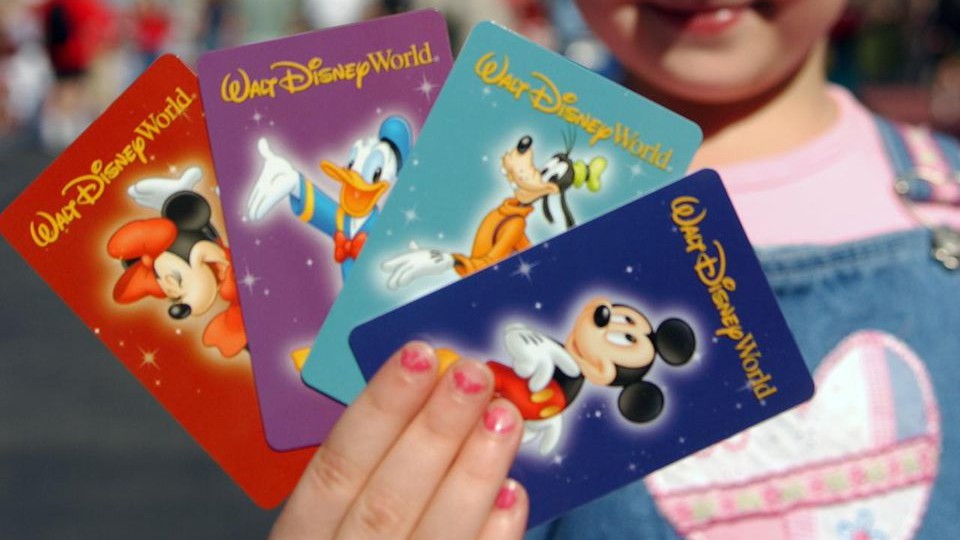
If you can’t easily raise supply, instead why not artificially reduce demand?
At the end of the day, Disney Parks maintain a careful balance when it comes to price. The idea, of course, is to balance those same three elements – operations, guest experience, and profit. All’s fair in capitalism, including purposefully pricing out income groups, positioning yourself as a premium product, and focusing on what the industry refers to as “income qualified” visitors.
We’ve seen the “raise prices” solution a lot over the last few decades, haven’t we? And it makes sense – raising prices maximizes Disney’s revenue and theoretically raises the floor, limiting the number of guests who can practically afford to visit. While it doesn’t mesh well with Disney’s egalitarian brand or magical messaging, raising prices should cut attendance…

… Except when it doesn’t, which, as many fans will tell you, it hasn’t. Largely, price increases have been far too gradual (a few dollars more each year) to actually price out guests on a massive scale. Walt Disney World’s Annual Passes and Disneyland’s Magic Key program both offer locals monthly pricing terms that cancel out the the “sticker shock” of a $1,200 pass. Instead, many choose to upgrade to higher tier passes with fewer restrictions. Even as fans loudly proclaim they’ve been “priced out,” they complain… then come back.
So sure, Disney and its fans “talk the talk” about limiting crowds by way of increased prices… but ultimately, Disney wants the best of both worlds. It inches up admission and leans heavily into new upcharges to get into the “income qualified” boat, but does so slowly and passively enough avoid taking its foot off the “middle income” and “locally-accessible” dock entirely…
So if Option 1 is to add supply and Option 2 is to reduce demand, and neither is a realistic or reasonable way to actually improve operations, experience, and profit, how about…
Option 3: Wait less
Well, duh. Of course “waiting less” would be a solution to reinvigorate guests and to make them feel more satisfied and accomplished at the end of a day at Disney Parks. But if not via adding supply or reducing demand, then what?
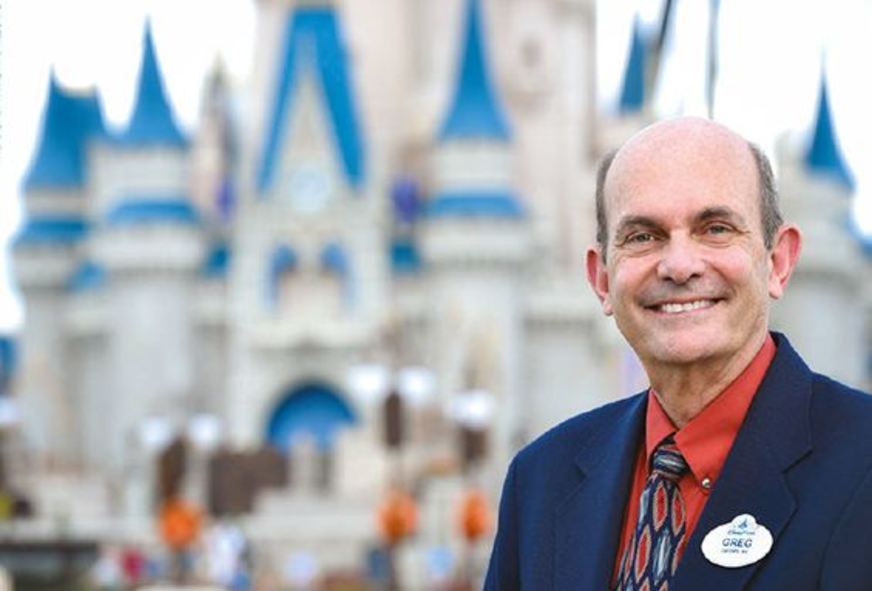
Enter Disney electrical engineer Greg Hale, who initially began to develop the concept of a new kind of line altogether. It began when select guests were chosen to participate in some evaluation at the still-new Disney’s Animal Kingdom.
Guest groups were given journals and asked to document their day – what they ate, bought, and rode; the time they entered a queue, got on the ride, and finished the ride; their feelings and accomplishments, and their satisfaction with the day.
But here’s the difference: a test group was provided with a special pass that would allow them to do things a bit differently.
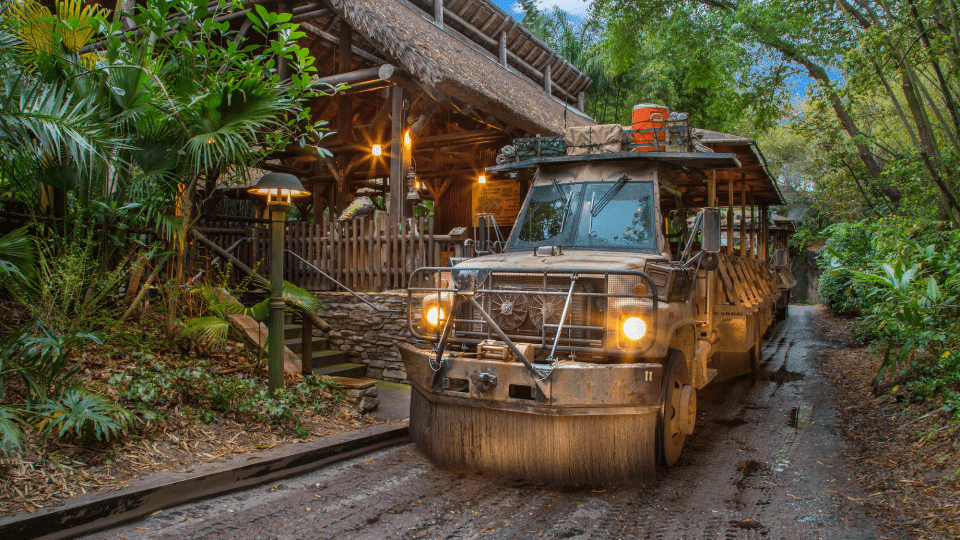
Those guests would be able to visit the entrance to Kilimanjaro Safaris – the park’s undisputed anchor attraction at the time – and, rather than entering the queue, would be provided with a return time equal to the ride’s current wait. For example, guests arriving at 10:00 to a 45 minute wait would be given instructions to return at 10:45.
Guests weren’t “line-jumping”; they were waiting just like everyone else… just… not in the line. Which means that during that 45 minute wait, they could explore animal experiences, ride other attractions or, of course, eat and shop. After their wait, they’d be invited to enter the ride through its exit and gain priority boarding.

Unsurprisingly, guests in the test group who “bypassed” the line by way of a virtual queue self-reported feeling much more satisfied with their day. And why not? Even though they had waited as long as everyone else to access the experience, they accomplished more.
Virtual queues offered the opportunity to redefine a day at Disney Parks, and to not only improve guest satisfaction, but per capita spending. Of course, widely applied, a virtual queue would need to be more sophisticated than simply sending guests through a ride’s exit, more precise than simply “the length of the current wait,” and governed by logistical rules to fairly and equally allow access…
“Why wait in line?” when Disney’s FastPass could save the day…?



What really bothered me during my sole post-fastpass trip relates to this idea that “Unfair waits are longer than equitable waits.“
If a ride goes down due to weather or maintenance, when it comes back up they prioritize the Lighting Lane and drastically increase the ratio of Lightning Lane to stand-by guests.
During my trip I had not purchased Genie+, so it was horrible waiting in the excruciatingly slow stand-by after a ride name back up. When FastPass was complimentary to everyone, this same scenario didn’t bother me, as I would also benefit from the operational change when my FastPass return time came, however, in this new system, these ‘higher-tiered’ guests were prioritized making the wait feel particularly inequitable and ergo felt way longer.
My biggest takeaway from this is how short Expedition Everest’s line was in 2015. Less than 30 minutes? Sign me up! I am glad others agree about the issues with Fastpass and I now have a place to link them to on why.
I think your solution is an interesting one. I agree that fastpasses should be cut down to larger attractions but I have never heard the idea of not opening it until the standby hits a certain time quota.
I think we could see some interesting queue changes in the future here!